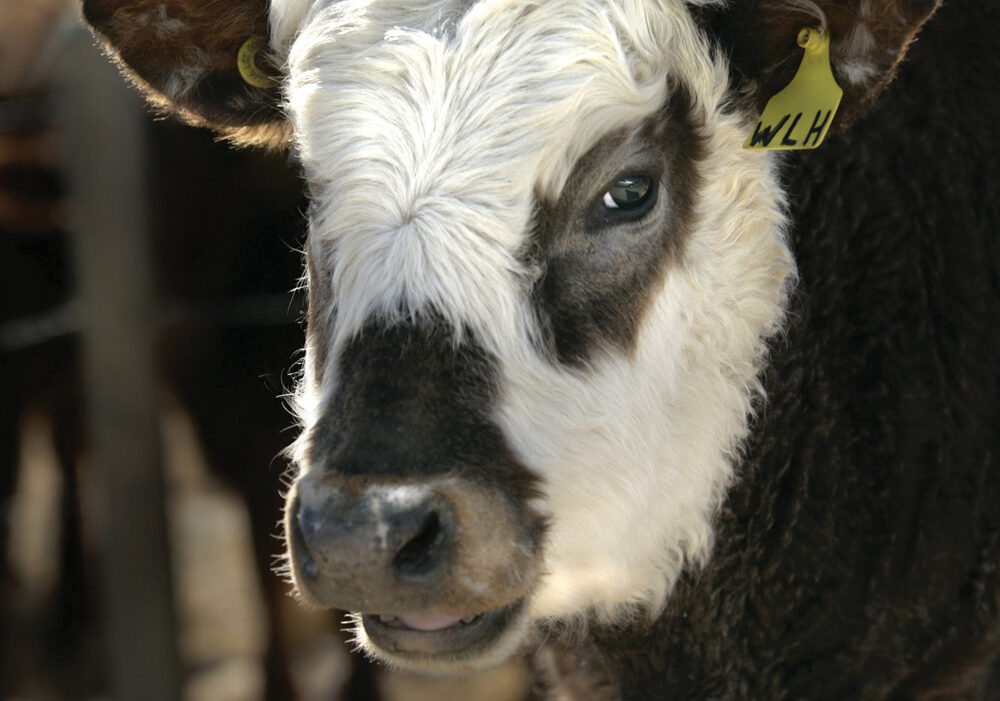In spring, cattle that seemed to be doing well all winter often become ill.
Warm days and cold nights bring out the chronic conditions that were lying latent in the body. These cattle may or may not respond to medication. Old damage in the lungs or intestines may dominate or there could be resistance to the antibiotic that you are using, especially if the animal has a history of being ill.
Record-keeping is very important when it comes to raising cattle, and all farms should have an auditable system that allows producers to make sound choices. There are times, for example, when we need to choose not to treat because of food safety protocols and times when we choose to treat and keep the animal to protect our investment. If a farm is selling product directly to consumers in a local market, having the absolute assurance there is a treatment and care history is very important to the client.
Read Also

More precious than gold
When commercial fertilizers no longer meet the needs of the world’s farmers, the value of manure will grow, says Alberta Farmer columnist Brenda Schoepp.
Regardless of how you sell cattle, the care and well-being of everyone on the farm is tied to the care and well-being of the cattle. Many veterinarians now have software programs to help you keep track. If your teenager is bored, ask them to write a program for you as most have enough skill to put the basics together. And even if it is the basics, that is a starting point.
We have always used our own system, which includes a full description and identification of the animal. In addition, we have a model of left, right, back and front of the animal, so we can show where the treatment occurred along with the date, product used (including the lot number), dose, route of administration, and the temperature and weight of the animal at the time. For each treatment, including routine vaccination and deworming, the administrator has to sign.
Once done on paper, the system was easily adapted to software, and was very valuable to us when BSE was declared. The full file also included a photo of the animal (now easily uploaded on your cellphone) along with all the history on breed, origin, transportation and location identification. Because we sold 400 to 600 bred heifers nationwide, these records were invaluable to us and to our client.
Why is this so important? The food chain always was protected with protocols such as proper administration and withdrawal times of antibiotics and growth promotants as well as heat suppressants. The location of a needle may seem oversimplified, but that information can be vital on the kill floor as a needle can cost a production line tens of thousands of dollars or a consumer severe stress or injury. The appropriate uses of an antibiotic is necessary at certain times, but residue should never end up on a plate. The body needs time to absorb and heal.
From the Canadian Cattlemen website: Seeking credibility
Consumer concerns
Today, we know that consumers are even more concerned about antibiotic use in foods than they are about the environment. What once was a battle over plastic versus your own grocery bag has evolved into genuine concern about eating food that may cause antibiotic resistance. Although this has not been proven, that does not mean the consumer will not continue to care. And the problem of antibiotic resistance in people is very real.
As for how folks feel when they shop, the latest American research found 88 per cent of consumers said they were aware there were issues about the use of antibiotics in food animals. They also said they believe the term antibiotic also means a growth promotant (such as an implant) and muscle enhancers (such as a beta-agonist) and 28 per cent did research at home on those products. This affected buying habits — 46 per cent said they now pay much more attention to the packaging and labelling of meat. In 17 per cent of the cases, the concern was so great that the consumer stopped buying and eating meat.
Hype travels fast and 19 per cent of consumers keep talking about the problem to anyone who will listen — even if they do not have the right information. The majority of the information they have is sourced from the national news followed by coffee shop talk, talk shows and
social media.
It is certainly time to get the right information out and assure those who purchase meat that farmers are responsible stewards who follow all the rules to protect the food chain. When 17 per cent of consumers change their minds about beef because of fear — we share a collective problem. The solution starts when each farm has an auditable process behind the product and the message to ensure both parties are protected.
One way to start is with the Verified Beef Program. Information can be found at www.verifiedbeef.org.















